#jean-jacques lebel
Explore tagged Tumblr posts
Text
video della presentazione di "inappropriabili. relazioni, opere e lotte nelle arti performative in italia (1959-1979)", di annalisa sacchi
6 settembre 2024 | La Pelanda – Mattatoio di Roma ANTICIPATION OF THE NIGHT_ Inappropriabili. Relazioni, opere e lotte nelle arti performative in Italia (1959-1979), di Annalisa Sacchi (Marsilio) – in dialogo con Giuseppe Allegri, Viola Lo Moro e Nicolas Martino “Inappropriabili” sono le esperienze di chi, negli anni Sessanta e Settanta del Novecento, trovò nella performance territori di…

View On WordPress
#Alberto Grifi#Aldo Braibanti#Annalisa Sacchi#anni &039;60#Anni &039;70#anni Sessanta#anni Settanta#art#arte#arti performative#Carmelo Bene#Emilio Villa#Giuliano Scabia#Giuseppe Allegri#Jean-Jacques Lebel#John Cage#Leo De Berardinis#Luigi Nono#Nicolas Martino#Patrizia Vicinelli#performance#Perla Peragallo#politica#Università Iuav#Viola Lo Moro
0 notes
Text

Jérôme Duwa has a new work out on Jean-Jacques Lebel's turbulent passage through the Surrealist movement and the role played by his periodical, Front Unique.
1 note
·
View note
Text







V/A
"Polyphonix 1"
(LP. Get Back. 2002 / rec. 1979-81)
#compilation#1979#sound poetry#poetry#spoken word#performance#tahar ben jelloun#Julien blaine#hugo ball#Jean francois bory#francois dufrene#Jean pierre faye#allen ginsberg#john giorno#brion gysin#Bernard heidsieck#Jean Jacques lebel#Gherasim luca#lawrence ferlinghetti#Michel giroud#Joel hubaut#Dyali karam#Andre pierre de mandiargues#Taylor mead#Angeline neveu#Pierre orlovsky#jerome rothenberg#Maurice roche#corrado costa#records
3 notes
·
View notes
Text

A.5 What are some examples of “Anarchy in Action”?
A.5.7 The May-June Revolt in France, 1968
The May-June events in France placed anarchism back on the radical landscape after a period in which many people had written the movement off as dead. This revolt of ten million people grew from humble beginnings. Expelled by the university authorities of Nanterre in Paris for anti-Vietnam War activity, a group of anarchists (including Daniel Cohn-Bendit) promptly called a protest demonstration. The arrival of 80 police enraged many students, who quit their studies to join the battle and drive the police from the university.
Inspired by this support, the anarchists seized the administration building and held a mass debate. The occupation spread, Nanterre was surrounded by police, and the authorities closed the university down. The next day, the Nanterre students gathered at the Sorbonne University in the centre of Paris. Continual police pressure and the arrest of over 500 people caused anger to erupt into five hours of street fighting. The police even attacked passers-by with clubs and tear gas.
A total ban on demonstrations and the closure of the Sorbonne brought thousands of students out onto the streets. Increasing police violence provoked the building of the first barricades. Jean Jacques Lebel, a reporter, wrote that by 1 a.m., ”[l]iterally thousands helped build barricades… women, workers, bystanders, people in pyjamas, human chains to carry rocks, wood, iron.” An entire night of fighting left 350 police injured. On May 7th, a 50,000-strong protest march against the police was transformed into a day-long battle through the narrow streets of the Latin Quarter. Police tear gas was answered by molotov cocktails and the chant “Long Live the Paris Commune!”
By May 10th, continuing massive demonstrations forced the Education Minister to start negotiations. But in the streets, 60 barricades had appeared and young workers were joining the students. The trade unions condemned the police violence. Huge demonstrations throughout France culminated on May 13th with one million people on the streets of Paris.
Faced with this massive protest, the police left the Latin Quarter. Students seized the Sorbonne and created a mass assembly to spread the struggle. Occupations soon spread to every French University. From the Sorbonne came a flood of propaganda, leaflets, proclamations, telegrams, and posters. Slogans such as “Everything is Possible,” “Be Realistic, Demand the Impossible,” “Life without Dead Times,” and “It is Forbidden to Forbid” plastered the walls. “All Power to the Imagination” was on everyone’s lips. As Murray Bookchin pointed out, “the motive forces of revolution today… are not simply scarcity and material need, but also quality of everyday life … the attempt to gain control of one’s own destiny.” [Post-Scarcity Anarchism, p. 166]
Many of the most famous slogans of those days originated from the Situationists. The Situationist International had been formed in 1957 by a small group of dissident radicals and artists. They had developed a highly sophisticated (if jargon riddled) and coherent analysis of modern capitalist society and how to supersede it with a new, freer one. Modern life, they argued, was mere survival rather than living, dominated by the economy of consumption in which everyone, everything, every emotion and relationship becomes a commodity. People were no longer simply alienated producers, they were also alienated consumers. They defined this kind of society as the “Spectacle.” Life itself had been stolen and so revolution meant recreating life. The area of revolutionary change was no longer just the workplace, but in everyday existence:
“People who talk about revolution and class struggle without referring explicitly to everyday life, without understanding what is subversive about love and what is positive in the refusal of constraints, such people have a corpse in their mouth.” [quoted by Clifford Harper, Anarchy: A Graphic Guide, p. 153]
Like many other groups whose politics influenced the Paris events, the situationists argued that “the workers’ councils are the only answer. Every other form of revolutionary struggle has ended up with the very opposite of what it was originally looking for.” [quoted by Clifford Harper, Op. Cit., p. 149] These councils would be self-managed and not be the means by which a “revolutionary” party would take power. Like the anarchists of Noire et Rouge and the libertarian socialists of Socialisme ou Barbarie, their support for a self-managed revolution from below had a massive influence in the May events and the ideas that inspired it.
On May 14th, the Sud-Aviation workers locked the management in its offices and occupied their factory. They were followed by the Cleon-Renault, Lockhead-Beauvais and Mucel-Orleans factories the next day. That night the National Theatre in Paris was seized to become a permanent assembly for mass debate. Next, France’s largest factory, Renault-Billancourt, was occupied. Often the decision to go on indefinite strike was taken by the workers without consulting union officials. By May 17th, a hundred Paris Factories were in the hands of their workers. The weekend of the 19th of May saw 122 factories occupied. By May 20th, the strike and occupations were general and involved six million people. Print workers said they did not wish to leave a monopoly of media coverage to TV and radio, and agreed to print newspapers as long as the press “carries out with objectivity the role of providing information which is its duty.” In some cases print-workers insisted on changes in headlines or articles before they would print the paper. This happened mostly with the right-wing papers such as ‘Le Figaro’ or ‘La Nation’.
With the Renault occupation, the Sorbonne occupiers immediately prepared to join the Renault strikers, and led by anarchist black and red banners, 4,000 students headed for the occupied factory. The state, bosses, unions and Communist Party were now faced with their greatest nightmare — a worker-student alliance. Ten thousand police reservists were called up and frantic union officials locked the factory gates. The Communist Party urged their members to crush the revolt. They united with the government and bosses to craft a series of reforms, but once they turned to the factories they were jeered out of them by the workers.
The struggle itself and the activity to spread it was organised by self-governing mass assemblies and co-ordinated by action committees. The strikes were often run by assemblies as well. As Murray Bookchin argues, the “hope [of the revolt] lay in the extension of self-management in all its forms — the general assemblies and their administrative forms, the action committees, the factory strike committees — to all areas of the economy, indeed to all areas of life itself.” Within the assemblies, “a fever of life gripped millions, a rewaking of senses that people never thought they possessed.” [Op. Cit., p. 168 and p. 167] It was not a workers’ strike or a student strike. It was a peoples’ strike that cut across almost all class lines.
On May 24th, anarchists organised a demonstration. Thirty thousand marched towards the Palace de la Bastille. The police had the Ministries protected, using the usual devices of tear gas and batons, but the Bourse (Stock Exchange) was left unprotected and a number of demonstrators set fire to it.
It was at this stage that some left-wing groups lost their nerve. The Trotskyist JCR turned people back into the Latin Quarter. Other groups such as UNEF and Parti Socialiste Unife (United Socialist Party) blocked the taking of the Ministries of Finance and Justice. Cohn-Bendit said of this incident “As for us, we failed to realise how easy it would have been to sweep all these nobodies away… .It is now clear that if, on 25 May, Paris had woken to find the most important Ministries occupied, Gaullism would have caved in at once… . “ Cohn-Bendit was forced into exile later that very night.
As the street demonstrations grew and occupations continued, the state prepared to use overwhelming means to stop the revolt. Secretly, top generals readied 20,000 loyal troops for use on Paris. Police occupied communications centres like TV stations and Post Offices. By Monday, May 27th, the Government had guaranteed an increase of 35% in the industrial minimum wage and an all round-wage increase of 10%. The leaders of the CGT organised a march of 500,000 workers through the streets of Paris two days later. Paris was covered in posters calling for a “Government of the People.” Unfortunately the majority still thought in terms of changing their rulers rather than taking control for themselves.
By June 5th most of the strikes were over and an air of what passes for normality within capitalism had rolled back over France. Any strikes which continued after this date were crushed in a military-style operation using armoured vehicles and guns. On June 7th, they made an assault on the Flins steelworks which started a four-day running battle which left one worker dead. Three days later, Renault strikers were gunned down by police, killing two. In isolation, those pockets of militancy stood no chance. On June 12th, demonstrations were banned, radical groups outlawed, and their members arrested. Under attack from all sides, with escalating state violence and trade union sell-outs, the General Strike and occupations crumbled.
So why did this revolt fail? Certainly not because “vanguard” Bolshevik parties were missing. It was infested with them. Fortunately, the traditional authoritarian left sects were isolated and outraged. Those involved in the revolt did not require a vanguard to tell them what to do, and the “workers’ vanguards” frantically ran after the movement trying to catch up with it and control it.
No, it was the lack of independent, self-managed confederal organisations to co-ordinate struggle which resulted in occupations being isolated from each other. So divided, they fell. In addition, Murray Bookchin argues that “an awareness among the workers that the factories had to be worked, not merely occupied or struck,” was missing. [Op. Cit., p. 182]
This awareness would have been encouraged by the existence of a strong anarchist movement before the revolt. The anti-authoritarian left, though very active, was too weak among striking workers, and so the idea of self-managed organisations and workers self-management was not widespread. However, the May-June revolt shows that events can change very rapidly. “Under the influence of the students,” noted libertarian socialist Maurice Brinton, “thousands began to query the whole principle of hierarchy … Within a matter of days the tremendous creative potentialities of the people suddenly erupted. The boldest and realistic ideas — and they are usually the same — were advocated, argued, applied. Language, rendered stale by decades of bureaucratic mumbo-jumbo, eviscerated by those who manipulate it for advertising purposes, reappeared as something new and fresh. People re-appropriated it in all its fullness. Magnificently apposite and poetic slogans emerged from the anonymous crowd.” [“Paris: May 1968”, For Workers’ Power, p. 253] The working class, fused by the energy and bravado of the students, raised demands that could not be catered for within the confines of the existing system. The General Strike displays with beautiful clarity the potential power that lies in the hands of the working class. The mass assemblies and occupations give an excellent, if short-lived, example of anarchy in action and how anarchist ideas can quickly spread and be applied in practice.
For more details of these events, see participants Daniel and Gabriel Cohn-Bendit’s Obsolete Communism: The Left-Wing Alternative or Maurice Brinton’s eye-witness account “Paris: may 1968” (in his For Workers’ Power). Beneath the Paving Stones by edited Dark Star is a good anthology of situationist works relating to Paris 68 (it also contains Brinton’s essay).
#community building#practical anarchy#practical anarchism#anarchist society#practical#faq#anarchy faq#revolution#anarchism#daily posts#communism#anti capitalist#anti capitalism#late stage capitalism#organization#grassroots#grass roots#anarchists#libraries#leftism#social issues#economy#economics#climate change#climate crisis#climate#ecology#anarchy works#environmentalism#environment
4 notes
·
View notes
Text
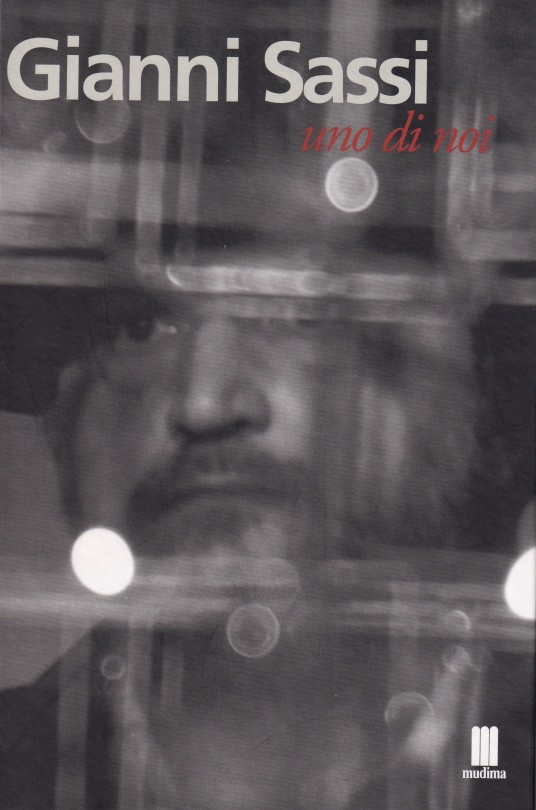
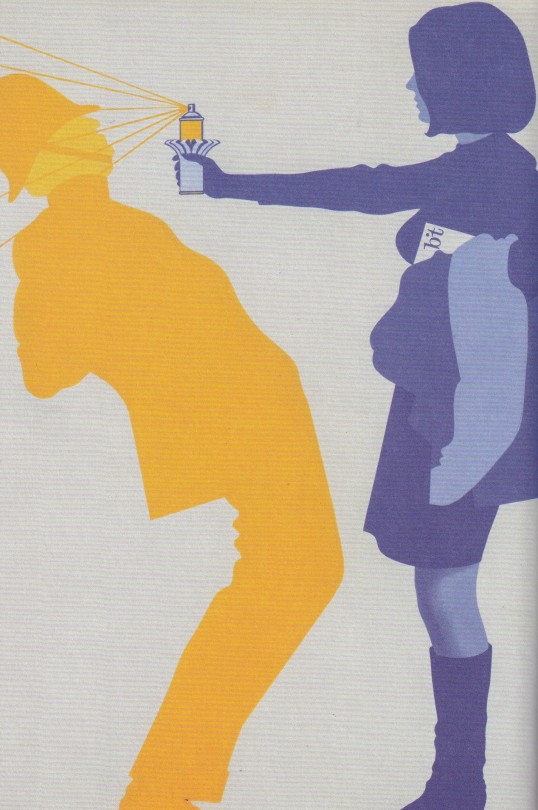

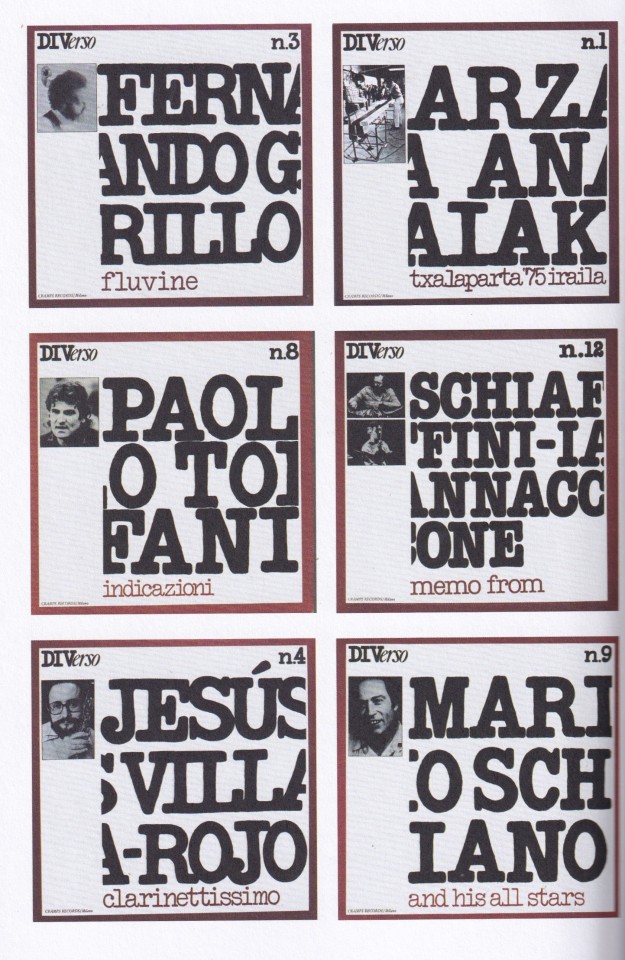
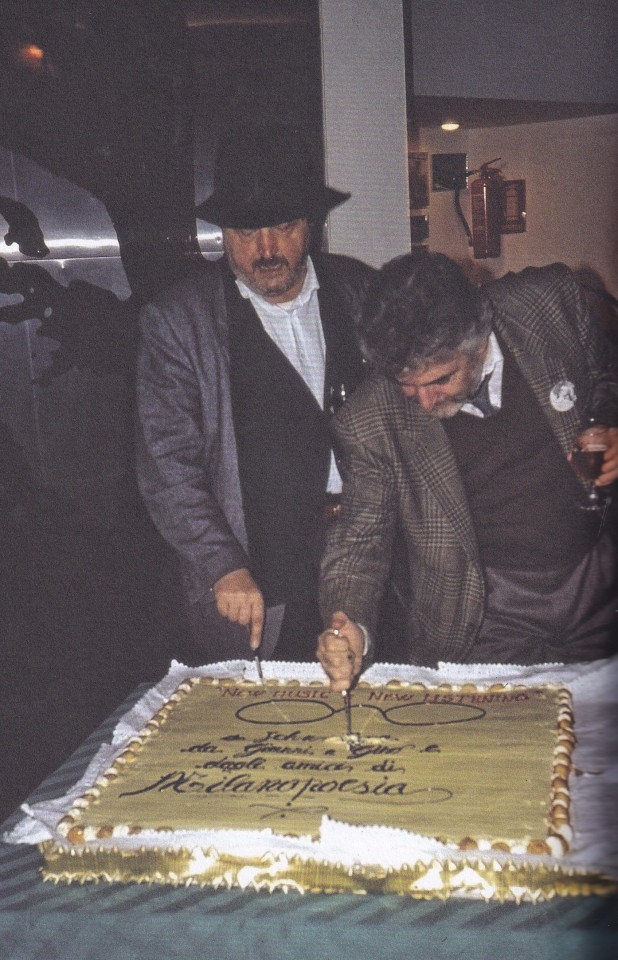
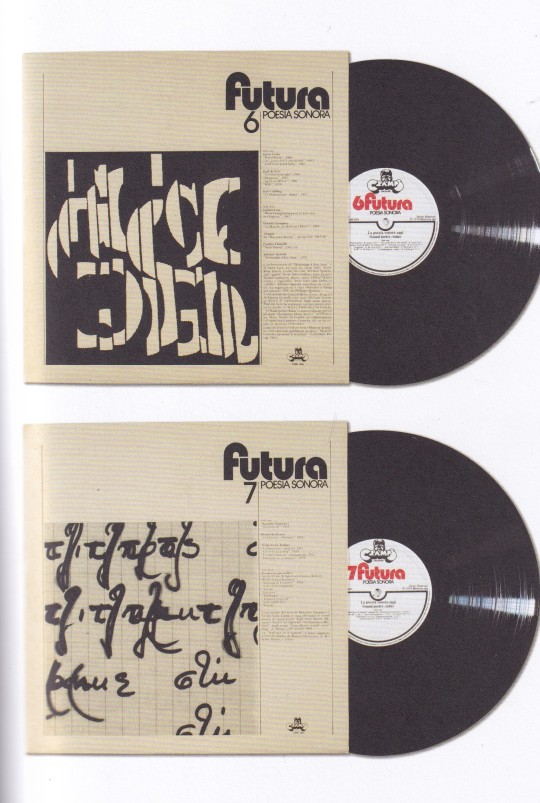
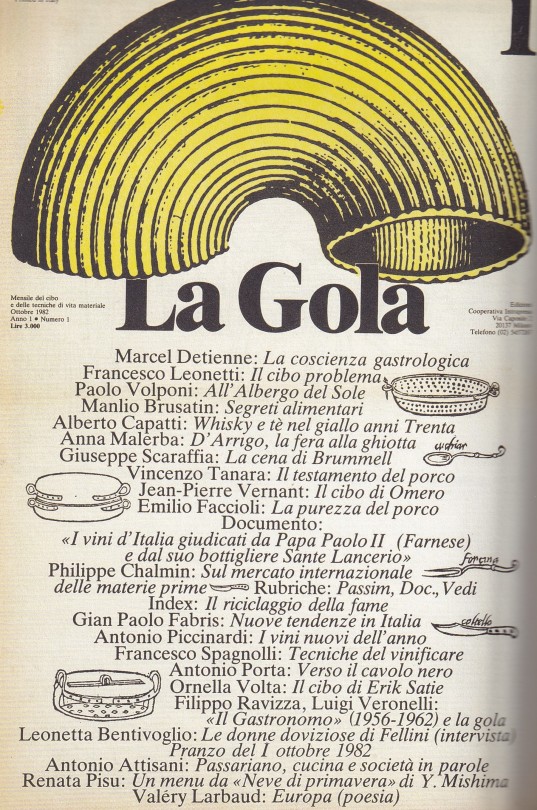
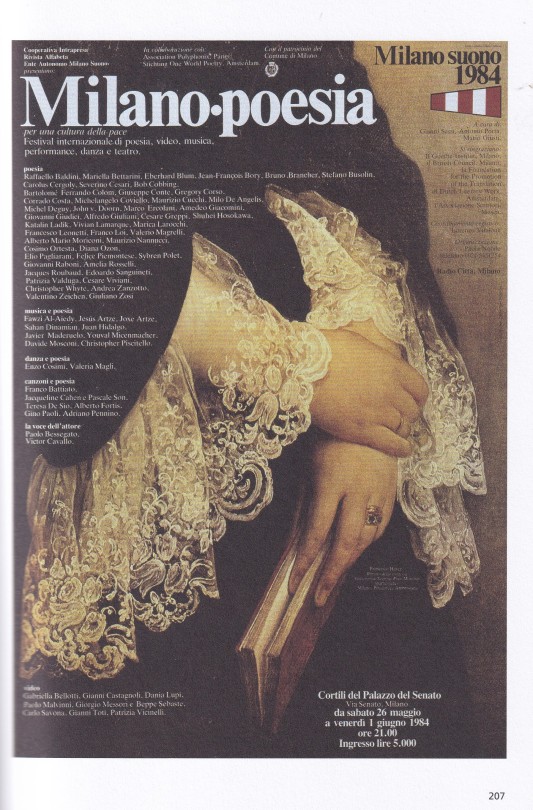
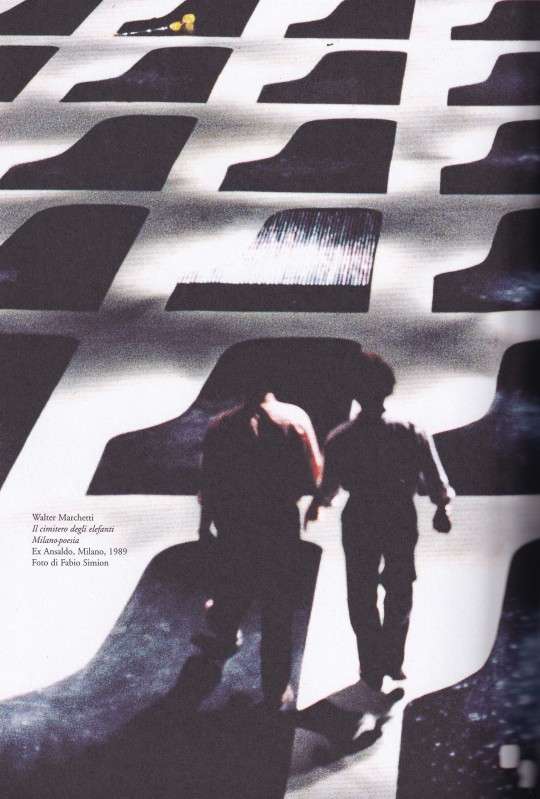
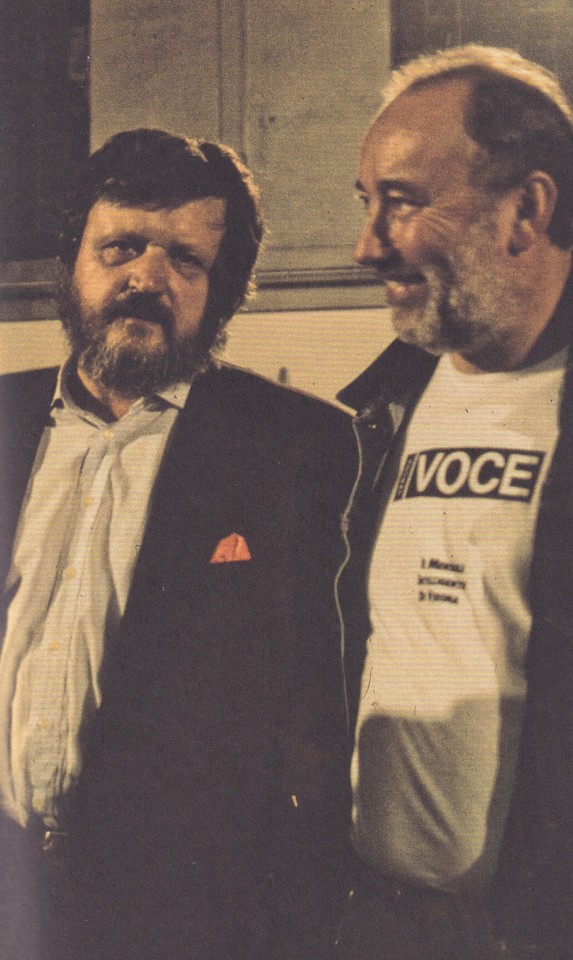
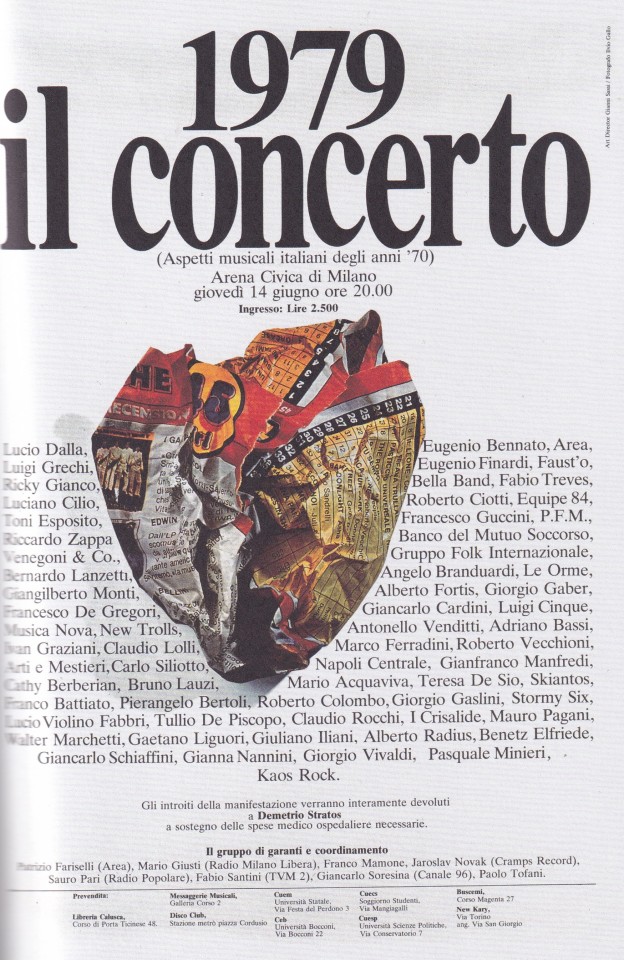


Gianni Sassi
A cura di: Fondazione Mudima Collana Fluid XXX a cura di: Gino Di Maggio, Achille Bonito Oliva, Daniele Lombardi. Testi di: Sergio Albergoni, Gino Di Maggio, Nanni Balestrini, Monica Palla, Arrigo Lora Totino, Alberto Capatti, Jean-Jacques Lebel, Aldo Colonetti, Marco Maria Sigiani, Roberto Masotti.
Fondazione Mudima, Milano 2015, 324 pagine, 17x14,5cm, ISBN 978-88 86072- 94-6
euro 40,00
email if you want to buy [email protected]
Non ci crede nessuno a che Gianni Sassi fosse soltanto “uno di noi”. Difficile pensarlo, vista la mole di lavoro che è riuscito a metter su in circa trent’anni di attività imprenditoriale e culturale. Una quantità impressionante di idee, spunti e riflessioni, soprattutto di fatti ed eventi artistici così prestigiosi che al solo pensarci oggi ti viene ancora il mal di testa. Facile insomma descriverlo come un non umano. In realtà è una frase usata da chi ci ha lavorato assieme, utile per sentirsi ancora vicino a un personaggio amato e discusso come lui. Ma cosa ha fatto di così importante? La Gola: eterogenea rivista di cultura del cibo che ha praticamente dato il via al movimento Slow Food, quello che Carlo Petrini fonda a Bra, in Piemonte, a metà degli anni Ottanta circa. Milano Poesia: con ospiti internazionali come Gregory Corso, Walter Marchetti e outsider come Victor Cavallo, Il Treno Di John Cage: splendida avventura sonora nel corso della quale l’autore di “4’33”” interagiva coi suoni d’ambiente delle carrozze, aiutato da ospiti prestigiosi: Daniel Charles, Walter Marchetti, Stratos e Hidalgo tra gli altri, che si muovevano da Bologna a Porretta Terme, o da Rimini a Ravenna. La rivista Alfabeta con Nanni Balestrini del Gruppo 63, dove trovavano posto menti raffinate come quelle di Maria Corti e Umberto Eco. La Cramps Records: Area (il ruolo di Sassi è centrale nella formazione della band di Stratos & soci), Claudio Rocchi, Eugenio Finardi, Alberto Camerini, Skiantos. L’ormai storica etichetta ai tempi vantava pure delle “strane sorelle”, nate per far uscire apposite collane di “ricerca” come DIVerso, Multhipla Records e nova musicha col socio Gianni-Emilio Simonetti: cito i dischi di Walter Marchetti, John Cage, Demetrio Stratos, Juan Hidalgo, Gruppo Di Improvvisazione Nuova Consonanza. Non vanno dimenticate le campagne pubblicitarie per la sua agenzia pubblicitaria Al.Sa: celebre quella con un giovane Franco Battiato col viso truccato di calce bianca che guarda dritto all’obiettivo mentre sta seduto su una “comoda poltrona Busnelli”. Sassi muore di una brutta malattia, fumava troppo, nel 1993.
04/05/24
#Gianni Sassi#La Gola#Alfabeta#Il Treno di John Cage#Cramps Records#Fondazione Mudima#fashionbooksmilano
3 notes
·
View notes
Photo

Check out Jean-Jacques Lebel, Le dernier clou (2024), From Galerie Hus
0 notes
Photo

Accumulations and Wanderings, Interview with Jean-Jacques Lebel (Part II)
Configure
November 2013 Guillaume Logé
The first part of our interview with Jean-Jacques Lebel showed us how mobility helps us to build our perspective, giving us access to the freedom and autonomy necessary for individuals to manage themselves. The second part of the interview addresses wandering and drifting from the standpoint of social and political emancipation.
34 notes
·
View notes
Photo

Jean-Jacques LEBEL - Deboutonnages
Tirage de tete du livre Déboutonnages Boite en soie contenant le livre et une photo signée et numérotée Format 26 X 16 cm Edition Julien Martial Paris
22 notes
·
View notes
Photo

"Sun Love Happening" - Saint-Tropez (1967)
#hippies#1967#1960s#Sun Love Happening#Soft Machine#jean-jacques lebel#saint-tropez#summer of love#60s counterculture#vintage hippie photography#Body Painting
89 notes
·
View notes
Text

15 notes
·
View notes
Link
Par Andrew Orr et Jean-Jacques Lebel - Avec François Bott, Félix Guattari, Marcel Gauchet et Pierre Clastres - Textes "Chronique des indiens guayaki, La société contre l’Etat, le grand parler, mythes et chants sacrés des indiens guaranis" (ouvrages de Pierre Clastres) et "Histoires indiennes d’amour "(Jacques Lizot), "L’origine de la famille, de la propriété privée et de l’Etat "(Friedrich Engels) - Lectures Roger Blin, Dominique Lacarrière, Pierre Santini - Réalisation Anne-Marie Abou, Janine Antoine et Viviane Van den Broek.
#François Bott#Félix Guattari#Marcel Gauchet#Pierre Clastres#Roger Blin#Dominique Lacarrière#Pierre Santini#Andrew Orr#Jean-Jacques Lebel#Janine Antoine#Viviane Van den Broek
1 note
·
View note
Text
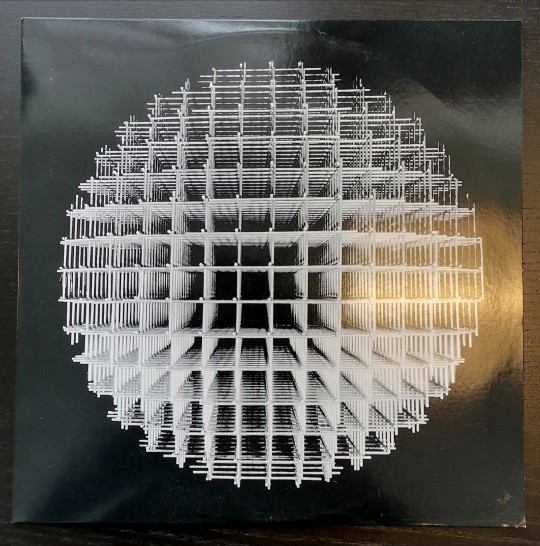
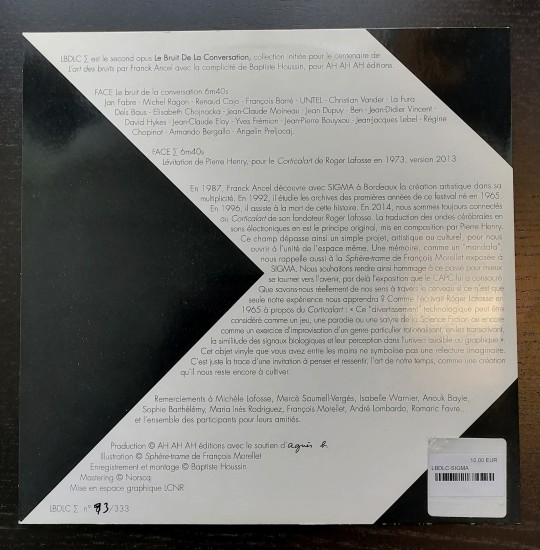


V/A "Le Bruit de la Conversation" // Pierre HENRY "Lévitation, pour le Corticalart de Roger Lafosse en 1973, Version 2013"
(split 10". Ah Ah Ah Éditions. 2014) [FR]
#pierre henry#2013#electronic#spoken word#performance#art#ben vautier#christian vander#david hykes#jan fabre#jean dupuy#jean claude eloy#jean jacques lebel#jean pierre bouyxou#yves fremion#compilation#10“s#records
5 notes
·
View notes
Photo

Jean-Jacques Lebel
22 notes
·
View notes
Text
Abu Ghraib photo exhibit causes outrage at Berlin Biennale
Abu Ghraib photo exhibit causes outrage at Berlin Biennale
The Artists and Politics The 12th Berlin Biennale for Contemporary Art is facing criticism for its inclusion of an exhibition based on the 2004 Abu Ghraib prison scandal in Baghdad. Sajjad Abbas, Layth Kareem and Raed Mutar — three Iraqi artists taking part in this year’s event — have protested against their work being displayed at the Hamburger Bahnhof, alongside French artist Jean-Jacques…

View On WordPress
0 notes
Photo

A photograph taken by Ed van der Elsken during the election of Miss Expérimentation, 1967. On the left, Jean-Jacques Lebel and Harun Farocki. Sitting at a table are the members of the selection jury. Standing on that table, a naked candidate to the title of Miss Expérimentation. On the wall, a detail of René Magritte's fresco Le Domaine Enchanté.
Published in Skoop, 1968.
#ed van der elsken#harun farocki#rené magritte#rene magritte#intervention#protest#jean jacques lebel
52 notes
·
View notes
Photo

Jean-Jacques Lebel - Éditions Dilecta
8 notes
·
View notes